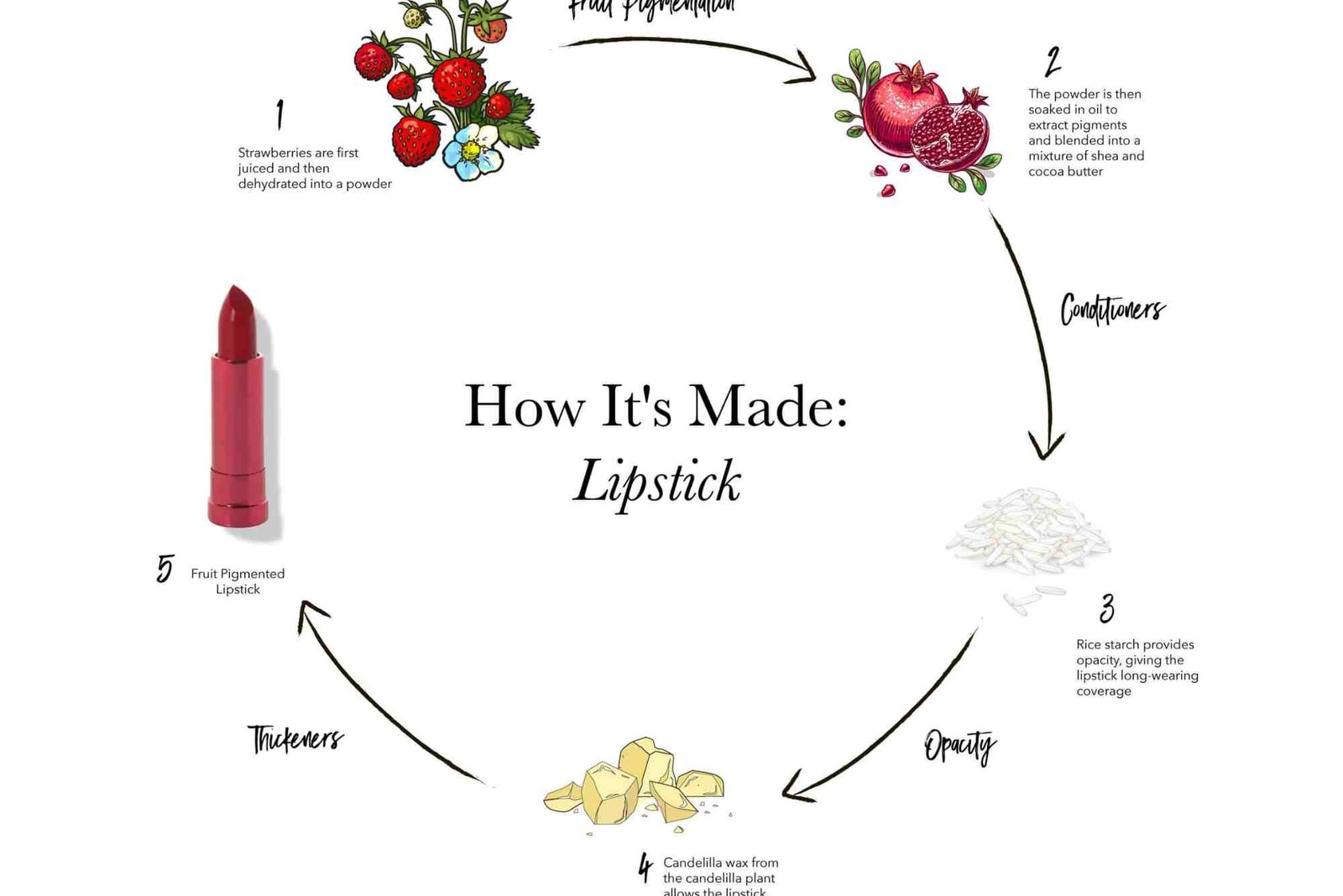In today’s competitive manufacturing landscape, sourcing molded components isn’t just about finding a supplier—it’s about finding a partner who can balance quality, cost, and efficiency. Whether you’re running a startup with limited budgets or managing supply chains for a larger operation, the ability to identify a cost-effective molded parts manufacturer can determine the success of your projects.
I’ve worked with several suppliers across industries like automotive, electronics, and consumer goods, and one thing I’ve learned is that the cheapest option rarely means the most cost-effective. True value comes from a combination of production expertise, consistency, and scalability. Let’s dive into what you should look for and how to ensure that the plastic molded parts manufacturer or plastic parts company you choose truly delivers both savings and quality.
Understanding What “Cost-Effective” Really Means
When people hear the term “cost-effective,” they often think of the lowest price. But in manufacturing, that can be misleading. A cost-effective solution doesn’t just cut expenses upfront—it reduces long-term risks, avoids unnecessary rework, and ensures smoother supply chain operations.
For instance, I once worked with a plastic parts company that initially offered a lower per-unit cost. However, their lack of quality control meant higher rejection rates and additional expenses in rework. In contrast, another plastic molded parts manufacturer with slightly higher pricing ultimately saved us money through precision tooling, shorter lead times, and lower defect rates.
So, “cost-effective” means looking beyond the invoice to evaluate the overall value.
Factors That Define a Reliable Manufacturer
When evaluating a molded parts supplier, certain factors consistently indicate whether they’ll be cost-effective in the long run.
Expertise in Design and Tooling
The foundation of every molded part is its mold. A reputable plastic molded parts manufacturer should have in-house expertise in tool design and mold maintenance. Skilled design ensures fewer production errors, minimal material waste, and consistent output. Poorly designed molds can quickly drive up costs due to inefficiencies.
Material Knowledge and Options
Different projects demand different materials, from ABS and nylon to polycarbonate or medical-grade plastics. A knowledgeable plastic parts company will not only recommend suitable materials but also guide you toward cost-saving alternatives without compromising performance. This ability to advise strategically is a hallmark of a truly cost-effective supplier.
Production Capabilities and Technology
Modern injection molding relies heavily on technology. Automated systems, robotic handling, and precise temperature controls all contribute to efficiency. A manufacturer equipped with modern machinery can run larger batches at higher speed without sacrificing quality, ensuring better cost per unit.
Quality Assurance Standards
Certifications such as ISO 9001 are important, but what matters more is how a manufacturer enforces quality assurance in practice. Regular inspections, first-article approvals, and batch consistency reports show that a supplier takes quality seriously. This reduces defective shipments, which is an often-overlooked hidden cost.
Scalability and Flexibility
Your project may start small, but as demand grows, so must your supplier’s capacity. A truly cost-effective plastic molded parts manufacturer should be able to scale production quickly, whether you need 500 parts or 50,000. Flexibility in order volumes helps avoid delays or costly supplier changes down the line.
Red Flags to Avoid
Equally important as identifying strengths is spotting the warning signs of an unreliable partner.
A supplier that consistently overpromises delivery timelines but underdelivers can jeopardize your production schedule. Another red flag is poor communication—if you struggle to get updates or responses during the quoting phase, expect worse when production starts. Additionally, be wary of a plastic parts company that refuses to provide samples, documentation, or references from existing clients. Transparency is critical in building trust.
Comparing Costs Beyond the Quote
It’s tempting to line up quotes and simply choose the lowest number, but I’ve seen too many projects go over budget because the hidden costs were ignored. Shipping, packaging, mold maintenance, downtime, and defect rates all add to your final cost.
For example, one project I worked on involved sourcing from two different suppliers. The first quote was nearly 15% cheaper, but shipping delays and inconsistent part quality led to missed deadlines and penalty charges. The second supplier, a slightly higher-priced plastic molded parts manufacturer, ended up being the real cost-effective choice because they consistently delivered defect-free parts on schedule.
The Importance of Long-Term Partnerships
Think of your manufacturer not just as a vendor but as a partner. When a supplier invests time in understanding your business goals, they can proactively suggest design improvements, recommend alternative materials, and optimize your production costs. This partnership approach is often found in established plastic parts companies that view client relationships as long-term collaborations rather than one-off transactions.
Strong partnerships also create opportunities for negotiated pricing, priority production slots, and shared innovation. Over time, this trust reduces costs in ways that a purely transactional relationship never could.
Practical Steps to Identify the Right Supplier
Here’s a practical approach I recommend based on experience working with multiple manufacturers:
-
Request detailed quotes that break down tooling, per-unit costs, and additional charges.
-
Ask for case studies or references from similar industries to validate their expertise.
-
Inspect their facility if possible. Seeing the machinery, workforce, and quality checks firsthand reveals a lot about reliability.
-
Start small with pilot runs before committing to large-scale production. This allows you to evaluate quality and delivery without significant risk.
-
Assess communication style during negotiations. Timely and clear responses are an early indicator of how they’ll handle future issues.
Following these steps ensures that you not only secure competitive pricing but also build confidence in your supplier’s ability to deliver consistently.
Balancing Cost, Quality, and Growth
Ultimately, identifying a cost-effective molded parts manufacturer is about balance. Focusing solely on cost often leads to poor quality, while prioritizing only quality may make your project financially unsustainable. The sweet spot lies in finding a plastic molded parts manufacturer or plastic parts company that understands both your technical requirements and your financial limitations.
As your business grows, so do your production needs. Choosing a reliable partner from the start helps you scale efficiently without the disruption of switching suppliers later on. The right manufacturer doesn’t just reduce costs—they help you innovate, meet deadlines, and strengthen your brand’s reputation.
Final Thoughts
In my experience, cost-effectiveness is less about cutting corners and more about making smart choices. A dependable manufacturer combines design expertise, material guidance, modern technology, and robust quality control. Whether you’re working with a large-scale plastic parts company or a specialized plastic molded parts manufacturer, the real savings emerge over time through efficiency, consistency, and trust.
If you approach the selection process with a long-term mindset and carefully evaluate beyond the quote, you’ll be well-positioned to secure a manufacturing partner that truly supports your growth.















